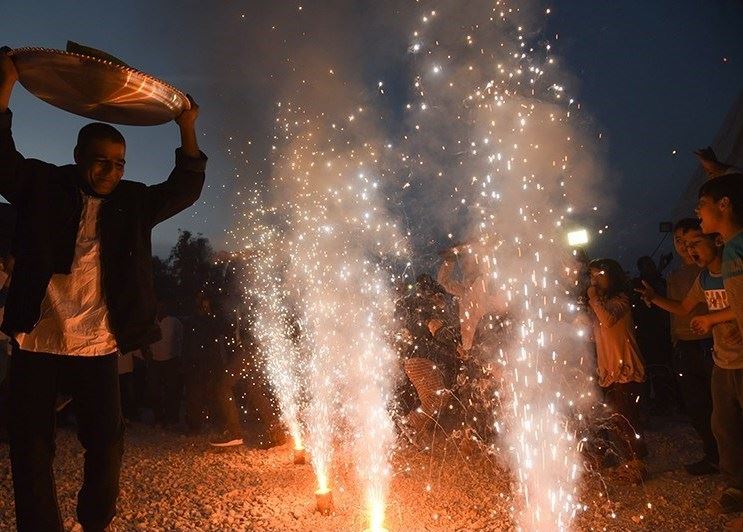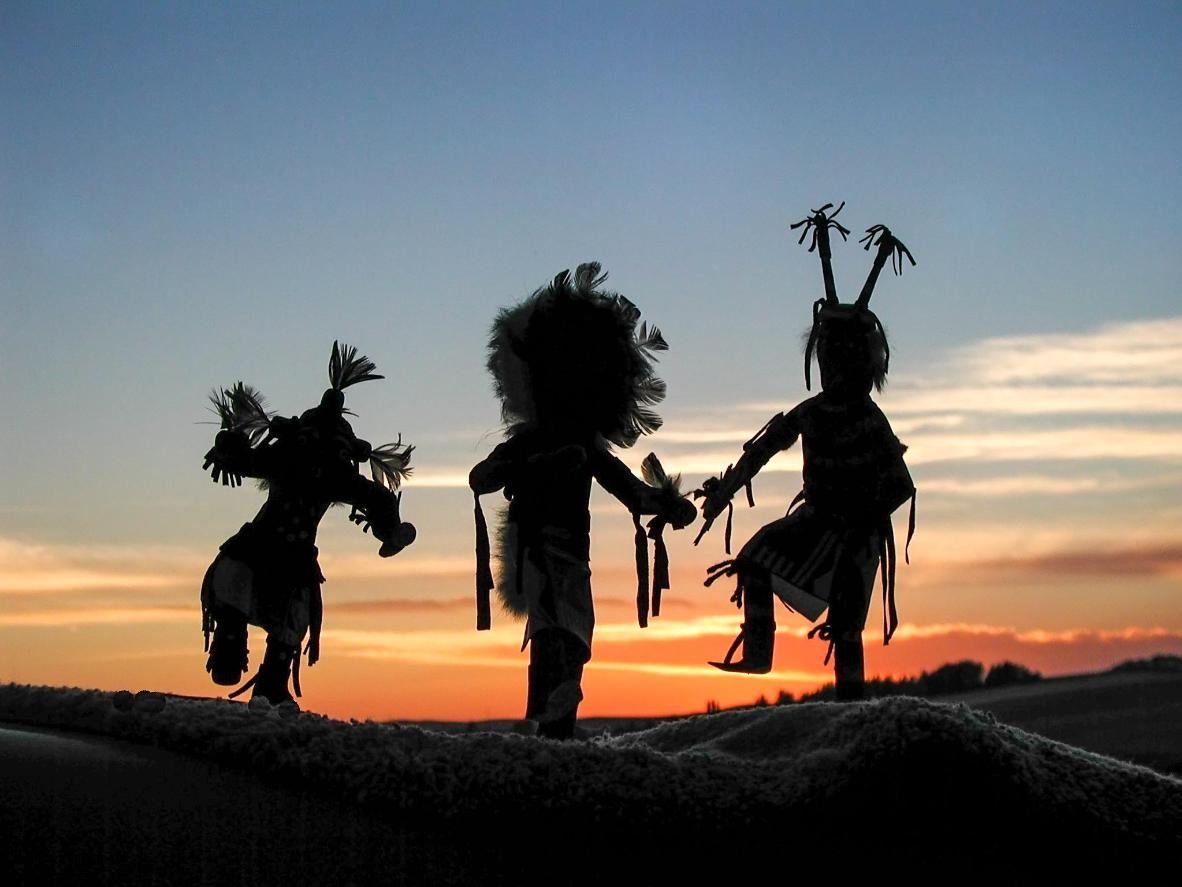| Dance Around the World Around This Time of Year
by Adam Frost, 4th January 2021
 Hanukkah, the Jewish holiday of light, is celebrated around December, and is the only holiday that is not a religious festival but a tradition based on a miracle of light. Hanukkah, the Jewish holiday of light, is celebrated around December, and is the only holiday that is not a religious festival but a tradition based on a miracle of light.The main traditions are eating fried doughnuts, lighting candles, decorating our windows, playing with swivels, telling stories, singing and of course dancing. We dance for the light, we chase away the darkness and celebrate the victory of light as individual and community, as a way of telling the story, of having fun, of expanding the internal light and clean away the dark within and outside of us. (contributed by Idit Rose)
Kwanzaa, mostly celebrated in USA
 Dancing, singing, African drumming, storytelling and poetry reading within families are among the customs of this celebration created by Dr Maulana Karenga in 1966 as a way to bring African-Americans together after the Watts riots in Los Angeles. The name is derived from the Swahili phrase “matunda ya kwanza” which means “first fruits”.
|


 Auld Lang Syne, UK
Auld Lang Syne, UK Lohri harvest festival, India
Lohri harvest festival, India Soyal Solstice Celebration, the Zuni and Hopi Native American Tribes
Soyal Solstice Celebration, the Zuni and Hopi Native American Tribes Burning muñecos in some parts of Latin America
Burning muñecos in some parts of Latin America